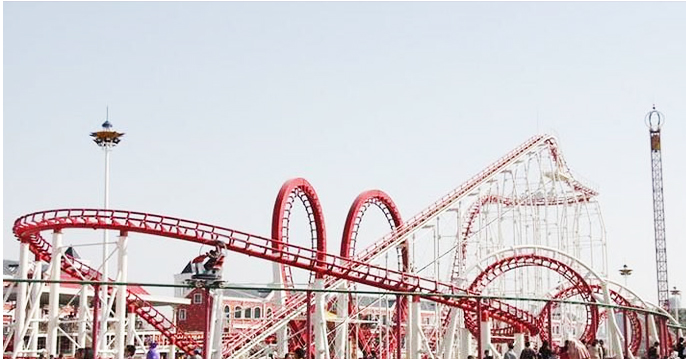- Albanian
- Arabic
- Belarusian
- Bengali
- Czech
- English
- French
- German
- Hebrew
- Hungarian
- Indonesian
- irish
- Italian
- Japanese
- kazakh
- Persian
- Russian
- Thai
- Uzbek
- Vietnamese
Innovative Concepts for Designing Efficient Drop Tower Systems in Experimental Research
The Art and Science of Drop Tower Design
Drop towers have emerged as pivotal structures in various fields, from amusement parks to scientific research. These towering edifices allow for the simulation of free-fall conditions, enabling a myriad of experiments and thrilling experiences. The design of a drop tower must balance engineering integrity, safety, and user experience, all while adhering to stringent regulations. This article delves into the key considerations and innovations in the design of drop towers, showcasing their diverse applications and the engineering ingenuity behind them.
Structural Considerations
At the onset of designing a drop tower, engineers must take into account the physical forces that will be exerted on the structure. The gravitational pull during a drop creates significant stress on the materials used in construction. Therefore, selecting high-strength materials, such as steel or reinforced concrete, is paramount. The tower’s height is also a critical factor, as taller structures present unique challenges in terms of stability and aerodynamics.
Moreover, the base of the tower needs to be robust enough to withstand both the weight of the tower itself and the dynamic loads generated during the drop. Engineers often employ advanced modeling software to simulate stress distribution throughout the structure, ensuring that potential weak points are identified and reinforced.
Safety Mechanisms
Safety is undoubtedly the most crucial element in drop tower design
. The potential for injury necessitates comprehensive safety features that protect both the users and the integrity of the structure. One common method involves installing fail-safe systems that can detect malfunctions during the drop sequence. For instance, these systems can engage brakes in the event of a power failure, allowing for a controlled and safe landing.drop tower design

Additionally, the design of the seating and harness systems plays a vital role in user safety. Ergonomic designs that accommodate users of all sizes ensure a snug fit while minimizing the risk of movement during free fall. Emergency escape routes and procedures must also be clearly outlined and practiced regularly, ensuring that all staff are prepared for any unforeseen circumstances.
User Experience and Innovation
In amusement parks, the thrill of free-fall rides is a significant draw for visitors. Designers must carefully consider the user experience, creating an engaging environment that builds anticipation before the drop. Elements such as themed storytelling, sound effects, and visual spectacles can enhance the overall experience. Innovative designs may feature multi-directional drops or dynamic seats that spin or tilt, adding an extra layer of excitement.
In the realm of scientific research, drop towers are employed to conduct experiments in microgravity. Designs for these towers often include specialized enclosures to house delicate scientific instruments. The drop duration is optimized to maximize the time that objects remain in a state of free fall, allowing researchers to gather valuable data on phenomena that cannot be replicated on Earth.
Conclusion
The design of drop towers is a fascinating intersection of engineering, safety, and user experience. As technology progresses, the potential for more advanced and diverse applications of drop towers continues to grow. From providing exhilarating experiences in amusement parks to facilitating groundbreaking scientific research, these structures exemplify the innovative spirit of modern engineering. By prioritizing safety, structural integrity, and user engagement, engineers can create drop towers that not only thrill but also push the boundaries of human understanding.
-
Flume Ride-Hebei Zhipao Amusement Equipment Manufacturing Co., Ltd.|Thrilling Water Attraction&Customizable DesignJul.30,2025
-
Flume Ride - Hebei Zhipao Amusement Equipment | Water Coaster, Thrilling DescentJul.30,2025
-
Flume Ride - Hebei Zhipao | Thrilling Water AttractionJul.30,2025
-
Flume Ride: Thrilling Water Attraction by Hebei Zhipao|Log Flume Manufacturers&Flume Ride DesignJul.30,2025
-
Flume Ride-Hebei Zhipao Amusement Equipment Manufacturing Co., Ltd.|Thrilling Water Coaster, Safe DesignJul.30,2025
-
Flume Ride-Hebei Zhipao Amusement Equipment Manufacturing Co., Ltd.|Thrilling Water Attraction, Safe DesignJul.30,2025
